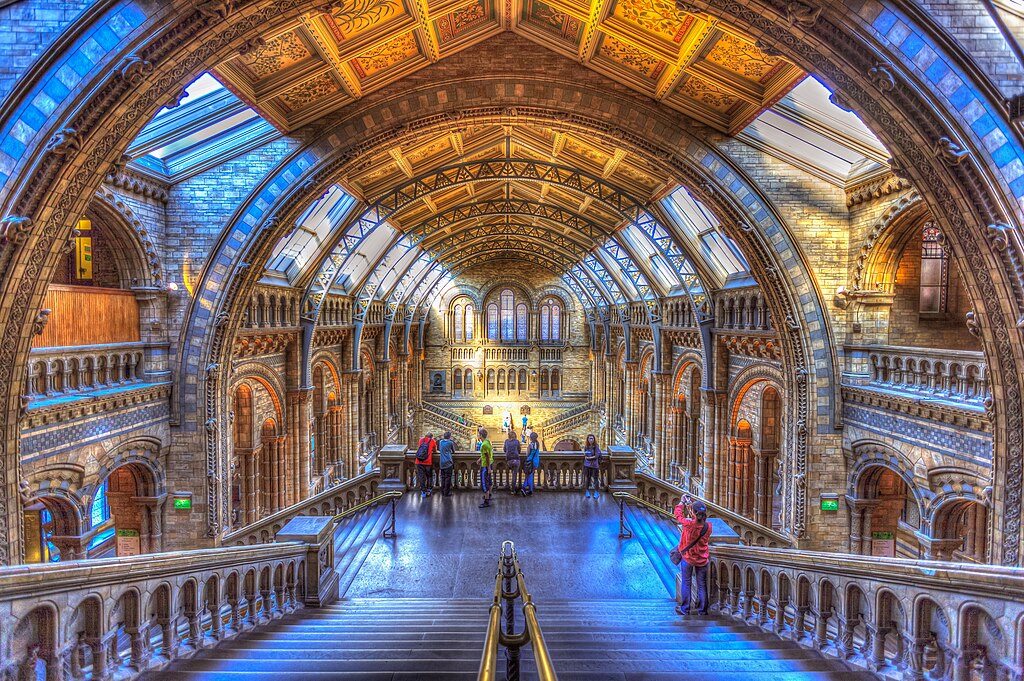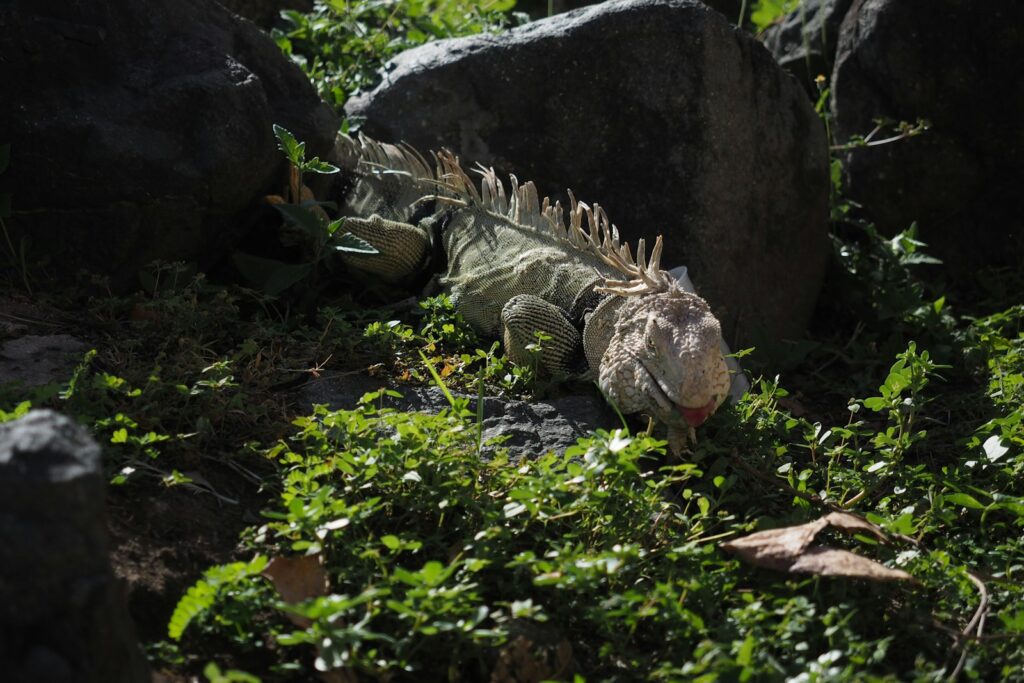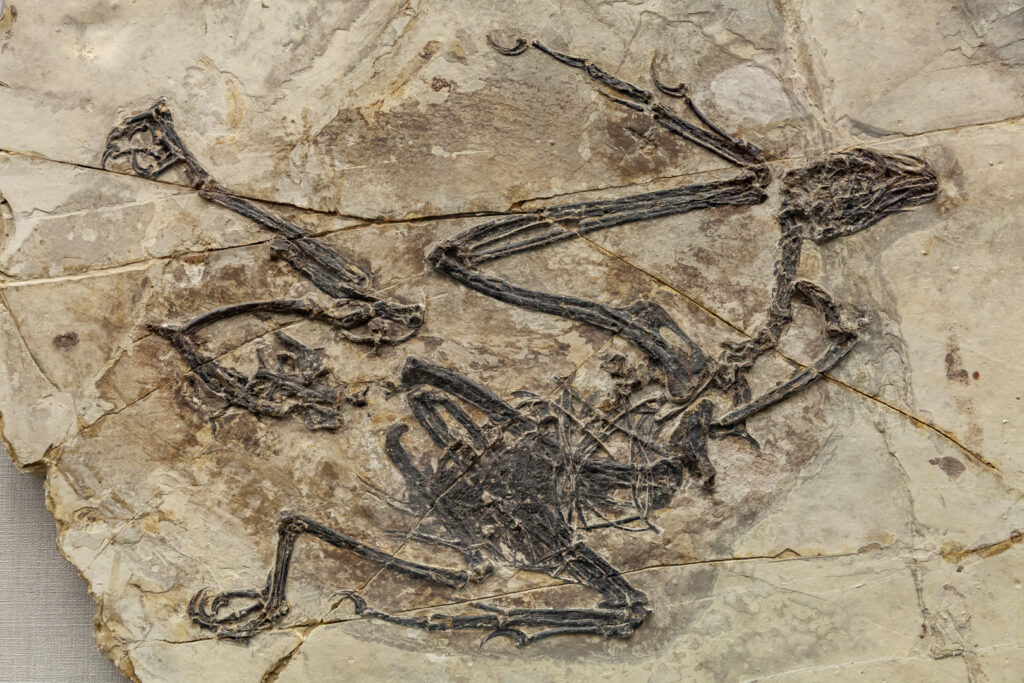Nestled in the historic heart of Brussels, the Royal Belgian Institute of Natural Sciences houses one of Europe’s most remarkable yet underappreciated fossil collections. While many paleontology enthusiasts flock to more famous museums in London, Paris, or Berlin, this Belgian treasure trove offers an extraordinary experience that often flies under the radar of international visitors. With its world-class Iguanodon hall, meticulously preserved specimens spanning millions of years, and groundbreaking research facilities, the institute deserves recognition as a premier destination for anyone fascinated by Earth’s ancient past. Its combination of scientific significance, educational value, and stunning displays makes it truly a hidden gem in the world of paleontology.
A Royal History Dating Back Centuries
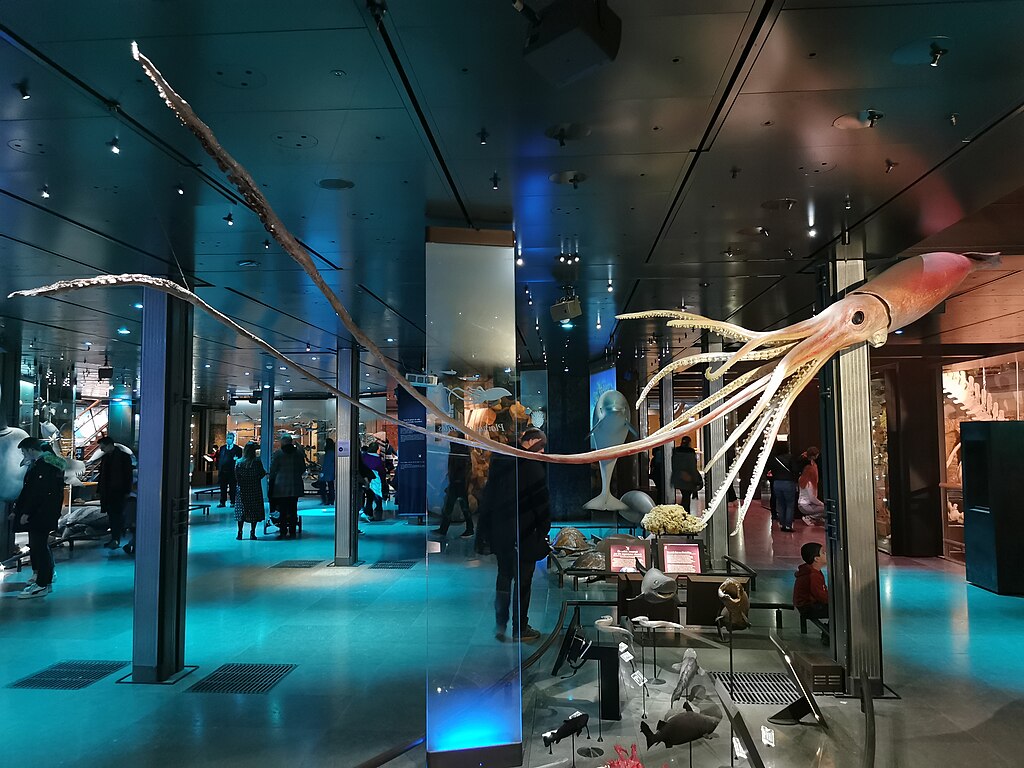
The Royal Belgian Institute of Natural Sciences traces its origins to 1846, when it was established by royal decree under King Leopold I. Initially housed in the historic Nassau Palace, the institute’s collection began with specimens gathered during Belgium’s early scientific expeditions and colonial ventures in Africa. The paleontology section gained international prominence in 1878 with the discovery of multiple complete Iguanodon skeletons in a coal mine at Bernissart, immediately establishing the museum as a significant player in dinosaur research. Over the decades, the institute evolved from a cabinet of curiosities into a world-class research facility, expanding its collections through expeditions, acquisitions, and donations from notable Belgian scientists. Today’s impressive building, constructed in the early 20th century, reflects the nation’s commitment to natural history and paleontological research that has remained steadfast for over 175 years.
The Spectacular Iguanodon Gallery
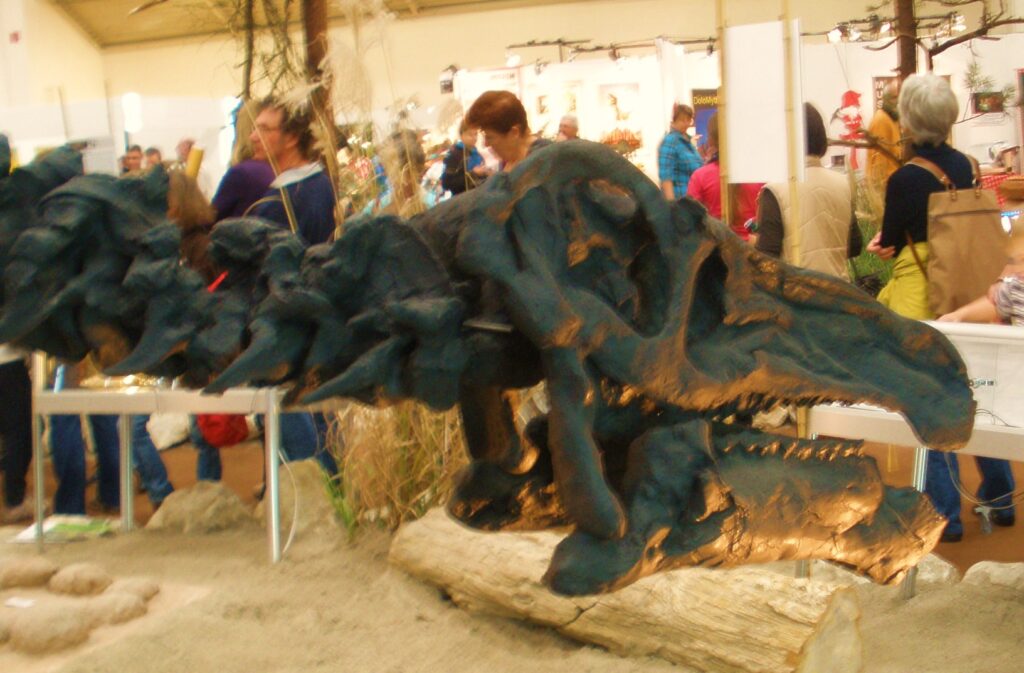
The crown jewel of the institute is undoubtedly its magnificent Iguanodon Gallery, housing the world’s largest collection of these important early dinosaur specimens. In 1878, miners working deep within a coal mine at Bernissart made an extraordinary discovery – dozens of complete Iguanodon skeletons preserved in remarkable condition. The excavation and preservation of these specimens was a monumental achievement for 19th century paleontology, requiring innovative techniques and painstaking work. Today, visitors can marvel at nine complete Iguanodon skeletons mounted in their historic upright positions, a display decision that reflects the scientific understanding of the time. While modern research has revised our understanding of Iguanodon posture to a more horizontal stance, the museum has deliberately preserved this historical interpretation as a fascinating window into the evolution of paleontological knowledge. The dramatic presentation of these massive creatures in the gallery’s central hall creates an unforgettable impression on visitors.
Beyond Dinosaurs: The Mosasaur Collection
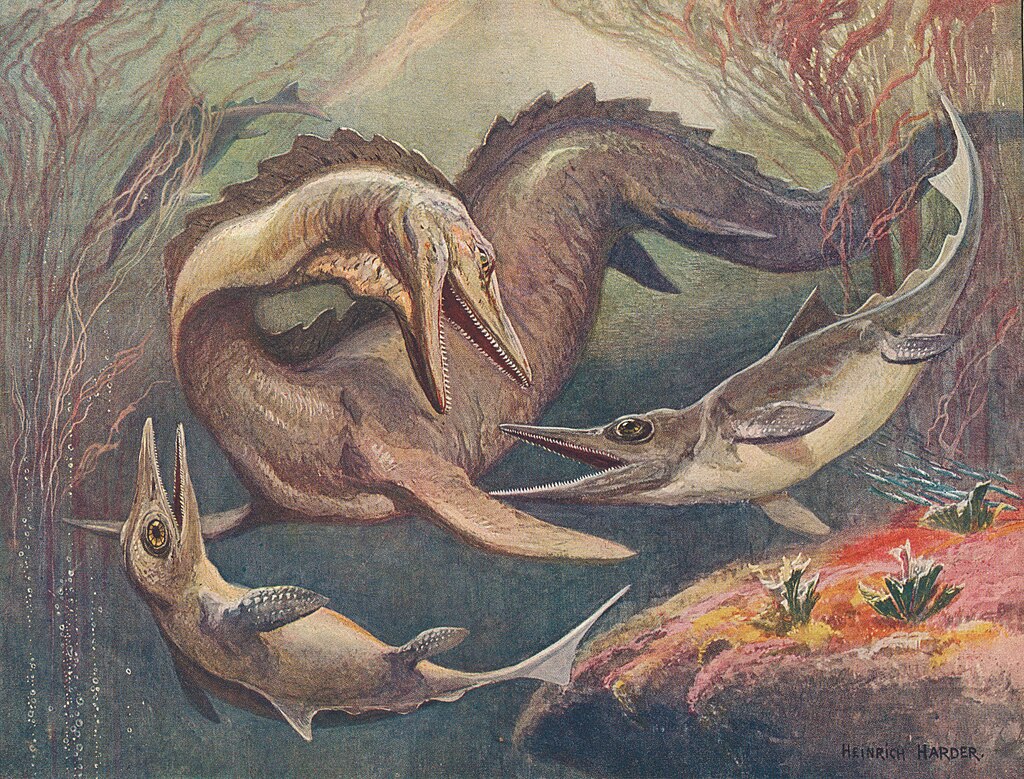
While the Iguanodons capture immediate attention, the institute’s exceptional collection of Cretaceous marine reptiles—particularly mosasaurs—represents another world-class paleontological treasure. Belgium’s rich marl deposits have yielded some of the finest mosasaur specimens ever discovered, with the institute housing over thirty complete or near-complete skeletons of these formidable marine predators. The centerpiece of this collection is the magnificent Prognathodon saturator, a massive mosasaur measuring nearly ten meters long with a skull displaying remarkable preservation of anatomical details. The specimens are complemented by detailed reconstructions of their marine environment, helping visitors understand the ancient seas where these creatures dominated. The collection also includes rare specimens showing evidence of soft tissue preservation, skin impressions, and even stomach contents, providing researchers with invaluable insights into mosasaur biology and behavior that have contributed significantly to our understanding of marine reptile evolution.
Prehistoric Mammals: A Journey Through the Ice Ages
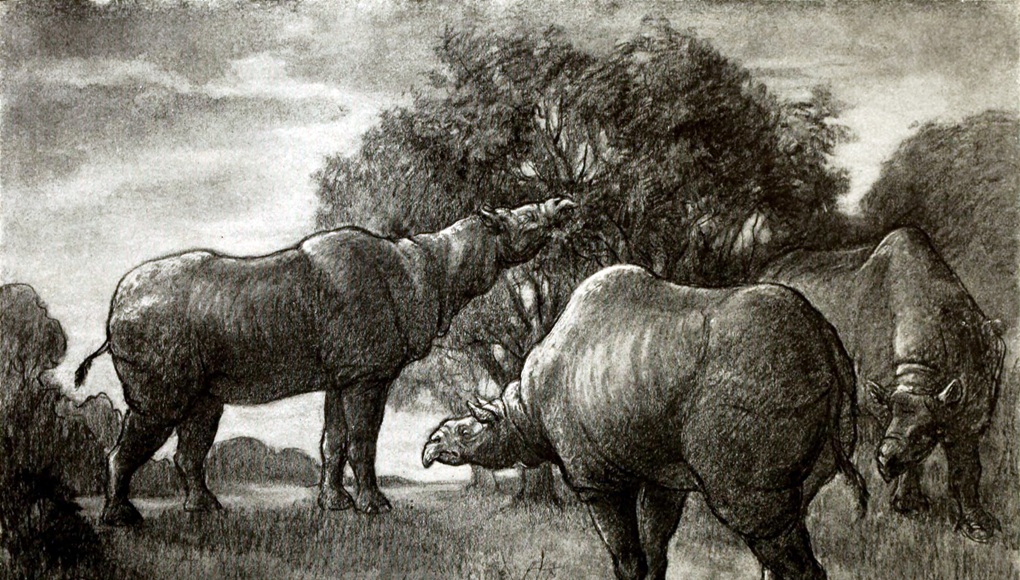
The institute’s comprehensive collection extends well beyond the Mesozoic era into the age of mammals, with a particularly strong representation of Ice Age megafauna from European contexts. Visitors can stand before the towering skeleton of a woolly mammoth recovered from Belgian soil, its impressive tusks curving dramatically outward. Nearby, the fearsome skull of a cave bear dwarfs that of modern brown bears, illustrating the impressive scale of Pleistocene predators. The collection includes an extraordinary assemblage of remains from prehistoric horses, bison, reindeer, and the extinct woolly rhinoceros, many discovered in Belgian limestone caves. What makes this collection particularly valuable is the accompanying contextual material – pollen samples, sediment analyses, and archaeological remains that help reconstruct the environments these creatures inhabited. The exhibits thoughtfully explore how these magnificent mammals interacted with early human populations in Europe, creating a multidisciplinary narrative that connects paleontology with archaeology and anthropology.
The Fossil Preparation Laboratory: Science in Action
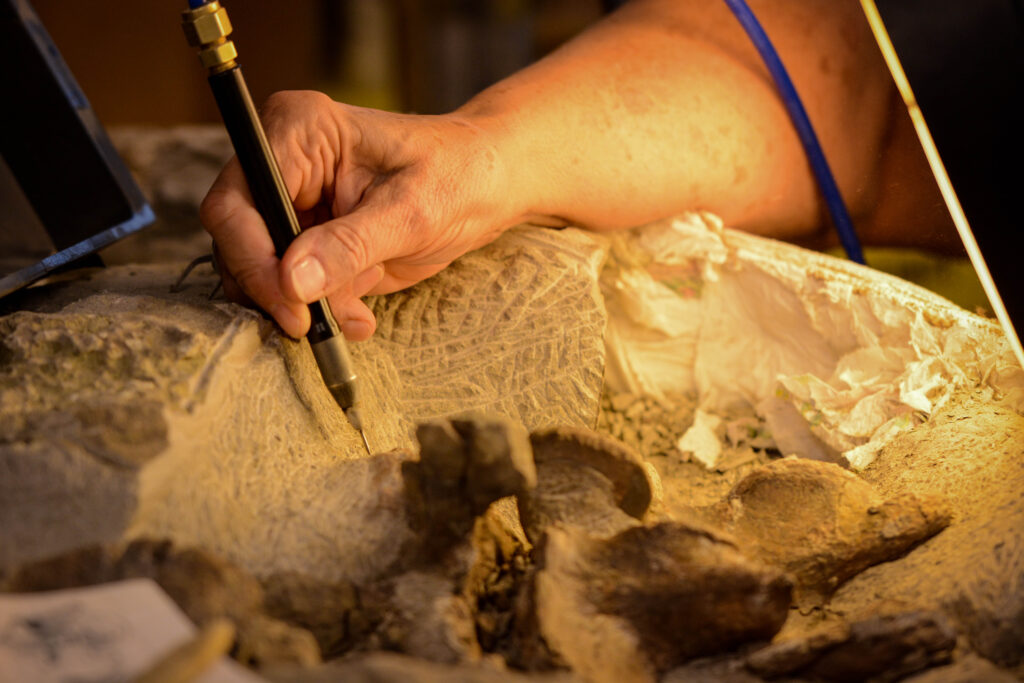
One of the institute’s most innovative features is its partially visible fossil preparation laboratory, where visitors can observe the meticulous work of extracting and preserving fossil specimens. Behind large glass walls, skilled technicians work with specialized tools ranging from dental picks and pneumatic microchisels to advanced scanning technology and chemical stabilization techniques. This rare behind-the-scenes glimpse illustrates the painstaking process involved in transforming a rock-encased fossil into a scientifically valuable specimen ready for research or display. On scheduled days, staff paleontologists provide demonstrations and explanations of their work, engaging directly with visitors’ questions about fossil preparation techniques. The lab also showcases the institute’s ongoing fieldwork, with displays of recent discoveries from expeditions both within Belgium and from international research sites where Belgian scientists are active. This transparent approach to scientific work demystifies paleontological practices and helps visitors appreciate the blend of technical skill, scientific knowledge, and patience required in this fascinating field.
Exceptional Preservation: The Microvertebrate Collection

While impressive large specimens draw immediate attention, the institute houses one of Europe’s finest collections of microvertebrate fossils, specimens that require microscopes to study but provide critical insights into ancient ecosystems. These tiny treasures include delicate fish scales, minuscule mammal teeth, fragile amphibian bones, and rare reptile fragments, many preserved with extraordinary detail thanks to Belgium’s fine-grained sedimentary deposits. The collection’s significance lies in its ecological completeness, offering researchers a comprehensive view of entire prehistoric food webs rather than just the largest, most visible species. Sophisticated imaging technology available at the institute allows these microscopic specimens to be examined, photographed, and shared with researchers worldwide, making the collection an important international resource. The microvertebrate gallery presents these tiny fossils alongside magnified images and models, enabling visitors to appreciate details invisible to the naked eye. Interactive displays use digital microscopes to let visitors explore these minute fossils themselves, creating engaging educational experiences that highlight how even the smallest specimens contribute significantly to our understanding of prehistoric environments.
Belgian Paleontological Heritage: Local Discoveries of Global Importance
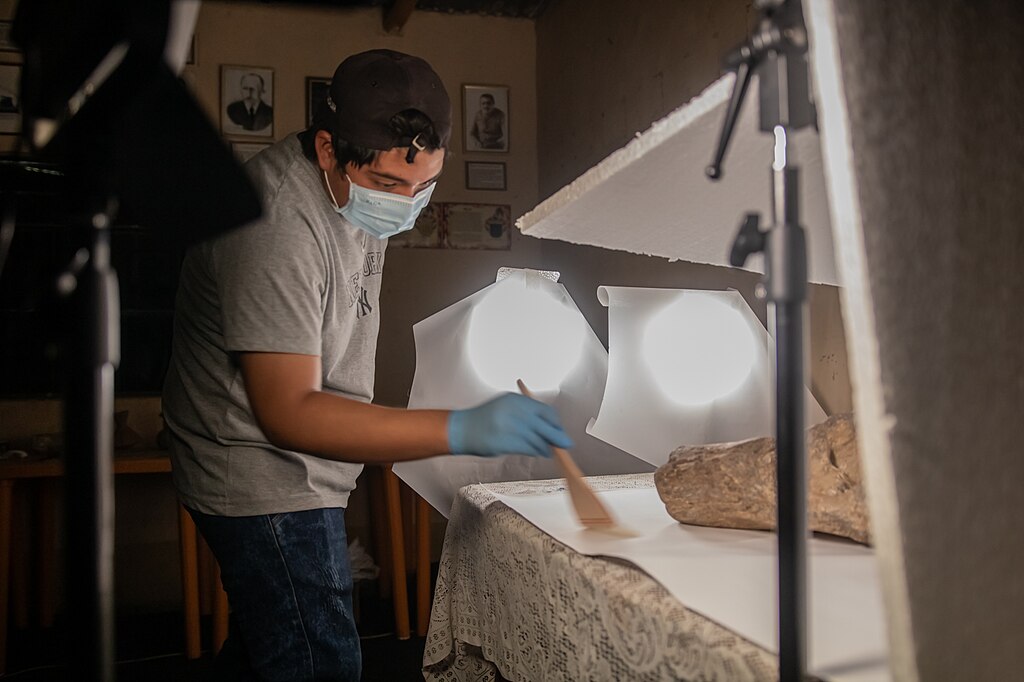
Despite its relatively small geographical size, Belgium has yielded fossil discoveries of remarkable scientific importance, a heritage thoroughly documented throughout the institute. The country’s varied geological formations span multiple time periods, from Devonian reefs to Carboniferous coal measures and Cretaceous chalk deposits, creating a surprisingly complete record of evolutionary history within a compact region. The institute’s Belgian Heritage gallery showcases how local industrial activities—particularly mining, quarrying, and canal construction—have uncovered extraordinary fossil specimens that might otherwise have remained hidden. Visitors learn about pioneering Belgian paleontologists like Louis Dollo, whose work on the Bernissart Iguanodons established important principles of evolutionary biology that remain relevant today. The gallery also highlights ongoing discoveries, including recent finds from the Boom Clay Formation that preserve delicate marine organisms with exceptional detail. Through this focused exploration of Belgian paleontological contributions, the institute celebrates how regional scientific work has repeatedly influenced our broader understanding of prehistoric life on a global scale.
The Evolution Gallery: Connecting Past to Present
Moving beyond individual fossil specimens, the institute’s Evolution Gallery weaves together the comprehensive story of life’s development over billions of years. Using a thoughtfully designed chronological pathway, visitors journey from Earth’s earliest microscopic organisms through increasingly complex life forms, with each major evolutionary innovation clearly explained through specimens, models, and interactive displays. Unlike many natural history museums that separate fossils from modern animals, the institute deliberately creates connections between extinct creatures and their living descendants or ecological equivalents. This approach is particularly evident in the transitional fossils section, where visitors can examine specimens that document critical evolutionary developments like the emergence of tetrapods from fish ancestors or the evolution of mammalian characteristics from reptilian predecessors. The gallery’s most powerful educational element is its emphasis on the evidence-based nature of evolutionary science, showing visitors exactly how researchers reconstruct evolutionary relationships through comparative anatomy, genetic analysis, and the fossil record. The careful integration of cutting-edge research with accessible explanations makes complex scientific concepts understandable without oversimplification.
Interactive Learning: Paleontology for All Ages

The institute excels at engaging visitors of all ages through thoughtfully designed interactive experiences that make paleontological concepts accessible and enjoyable. Children can uncover replica fossils in a simulated dig site, complete with proper excavation tools and documentation materials that introduce them to field methodology. Digital touchscreens throughout the galleries allow visitors to explore reconstructions of prehistoric animals in motion, viewing them from multiple angles and seeing how skeletal structures relate to movement and behavior. The popular “Time Traveler” station uses augmented reality technology to place visitors visually within accurately recreated prehistoric environments, from Carboniferous swamps to Ice Age tundra. For more dedicated enthusiasts, regular workshop sessions offer hands-on experience with fossil identification, casting techniques, and even microscope work examining microfossils under expert guidance. The institute’s commitment to multilingual presentation—with exhibits labeled in Dutch, French, German, and English—ensures international visitors can fully engage with the educational content, making complex scientific information available to the broadest possible audience.
Research Significance: Contributions to Modern Paleontology

Beyond its public exhibitions, the Royal Belgian Institute maintains active research programs that continue to produce significant contributions to paleontological science. The institute employs a team of specialized researchers whose work spans diverse areas from dinosaur biomechanics to microevolutionary patterns in Pleistocene mammals. Its laboratories include advanced imaging facilities for CT scanning and 3D modeling of specimens, enabling detailed studies of internal structures without damaging precious fossils. The institute regularly hosts visiting scientists from around the world who come to study its collections, particularly the exceptionally preserved Iguanodon and mosasaur specimens that remain reference material for understanding these groups. Research findings from the institute frequently appear in prestigious scientific journals, with recent publications advancing our understanding of prehistoric marine ecosystems, dinosaur growth patterns, and mammalian responses to ancient climate changes. The institute also coordinates international field expeditions, with ongoing projects in regions from Morocco to Mongolia that continue to add significant new specimens to the collections. This active research environment means the museum’s exhibits remain scientifically current, with new discoveries regularly incorporated into the public displays.
Lesser-Known Treasures: The Invertebrate Fossil Collection
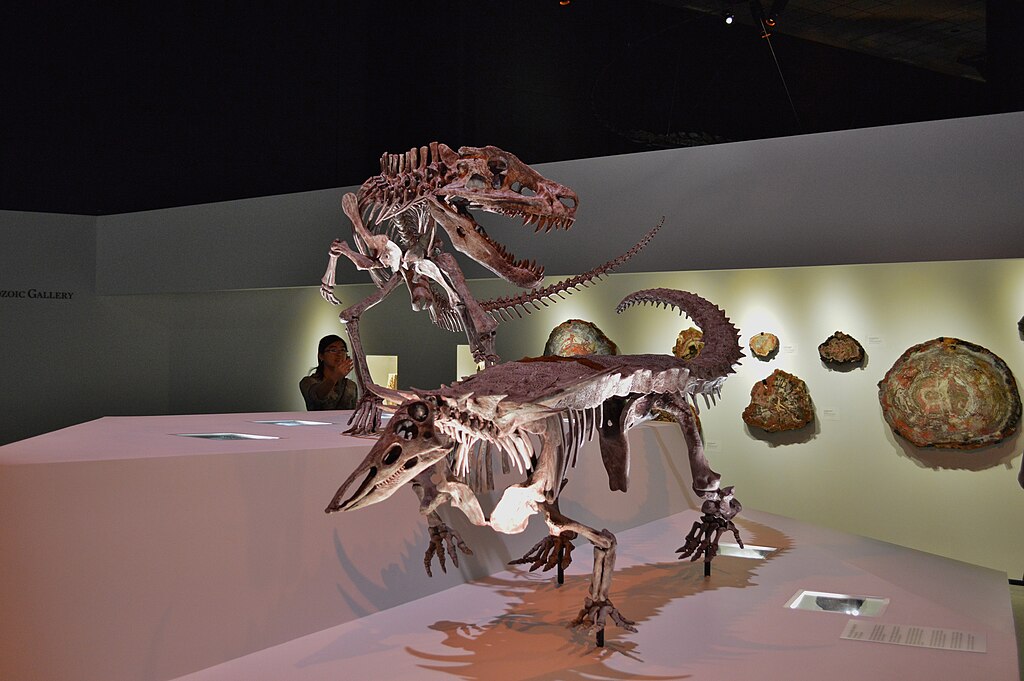
While vertebrate fossils capture most visitor attention, the institute houses an extraordinary collection of invertebrate fossils that represents one of the most comprehensive such collections in Europe. Particularly notable are the Carboniferous crinoid specimens—ancient marine animals related to starfish—preserved with exceptional three-dimensional detail in Belgium’s famous “petit granit” limestone. The ammonite collection includes hundreds of these spiral-shelled cephalopods, arranged to demonstrate their remarkable evolutionary diversity and importance as index fossils for dating geological formations. Visitors can examine delicate Devonian trilobites with their compound eyes still visible after hundreds of millions of years, preserved through natural mineral replacement processes. The institute’s collection of insect fossils preserved in amber provides literal windows into ancient forest ecosystems, showing prehistoric insects frozen in moments of behavior from feeding to mating. These invertebrate collections are particularly valuable for understanding evolutionary patterns across deep time, as they represent organisms with much longer fossil records than vertebrates, often spanning hundreds of millions of years with relatively continuous representation.
Accessing the Hidden Gem: Visitor Information and Special Programs
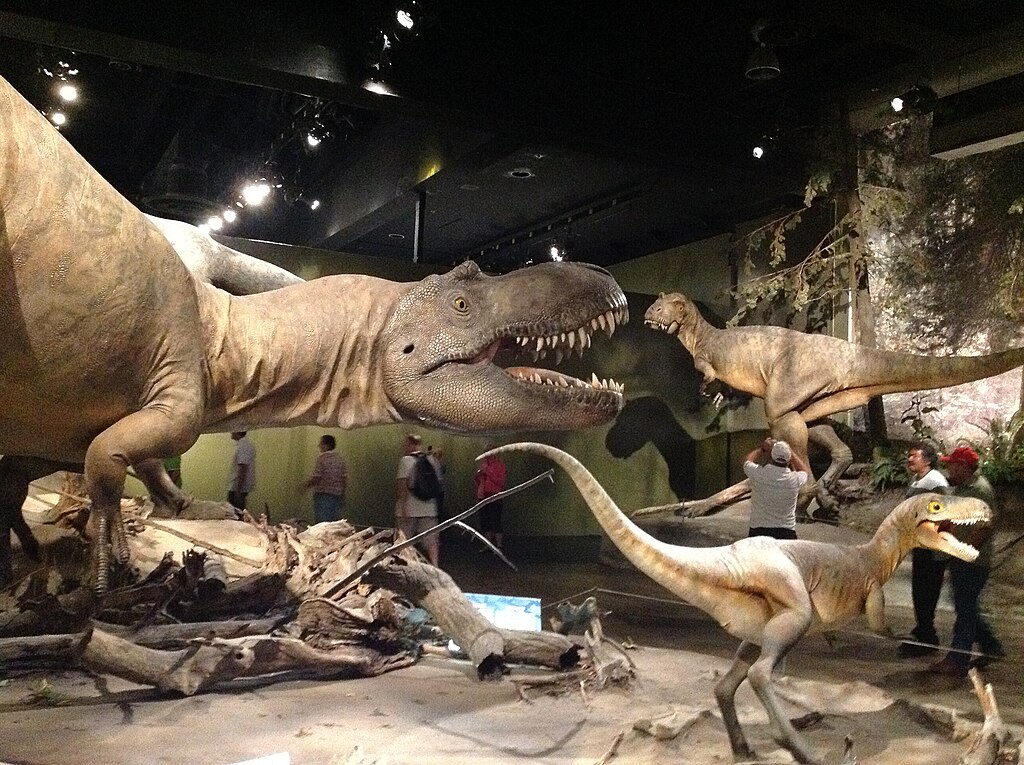
The institute’s somewhat understated presence in Brussels contributes to its “hidden gem” status, but visitors who make the effort to find it are richly rewarded. Located in the historic Leopold Park area, the museum is easily accessible by public transportation, with the Leopold Quarter tram station just minutes away. Unlike many major European natural history museums, the Royal Belgian Institute rarely suffers from overwhelming crowds, allowing visitors to enjoy the exhibits at a relaxed pace and get unobstructed views of even the most popular specimens. The institute offers special thematic tours throughout the year, including evening events where visitors can explore the galleries by flashlight for a dramatic perspective on the ancient creatures. Photography is permitted throughout most galleries, with special lighting areas designed specifically for capturing images of key specimens. The museum shop deserves special mention for its exceptional selection of scientifically accurate fossil replicas, many produced directly from specimens in the collection using advanced molding techniques. For serious enthusiasts, the institute offers membership programs that include access to special collections tours, research presentations, and priority registration for field trips to significant Belgian fossil sites.
Planning Your Visit: Making the Most of the Experience
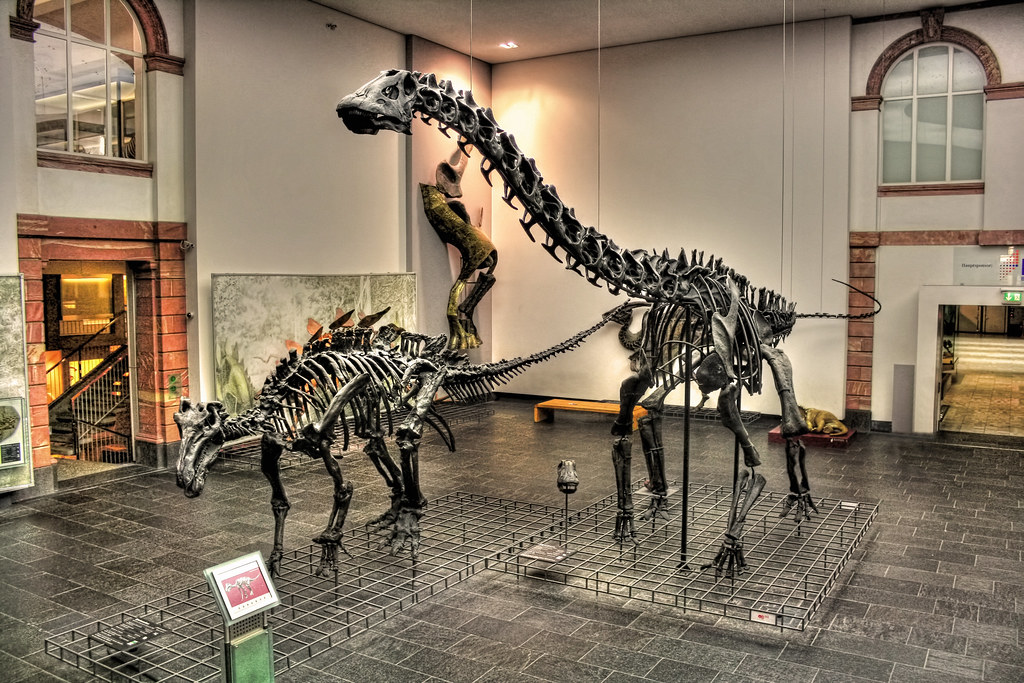
To fully appreciate the Royal Belgian Institute’s paleontological treasures, visitors should plan for at least three to four hours of exploration. The most efficient approach begins with the Evolution Gallery to establish chronological context before exploring specialized collections like the Iguanodon hall or marine reptile displays. Weekday mornings typically offer the quietest visiting experience, with school groups more common in afternoons. The institute offers excellent downloadable guide materials on its website that can be accessed before visiting, allowing guests to identify specimens of particular interest and plan their route accordingly. For English-speaking visitors, audio guides provide detailed information about key specimens, including insights from the institute’s researchers that aren’t included on standard display labels. Photography enthusiasts should note that tripods are permitted during designated hours on weekdays but restricted during busier weekend periods. The museum café provides a pleasant space to rest between gallery visits, with its outdoor terrace offering views of Leopold Park during warmer months. For visitors with specialized paleontological interests, the institute’s research library can be accessed by appointment, offering an opportunity to explore rare historical texts and specimen documentation not available to general visitors.
Conclusion
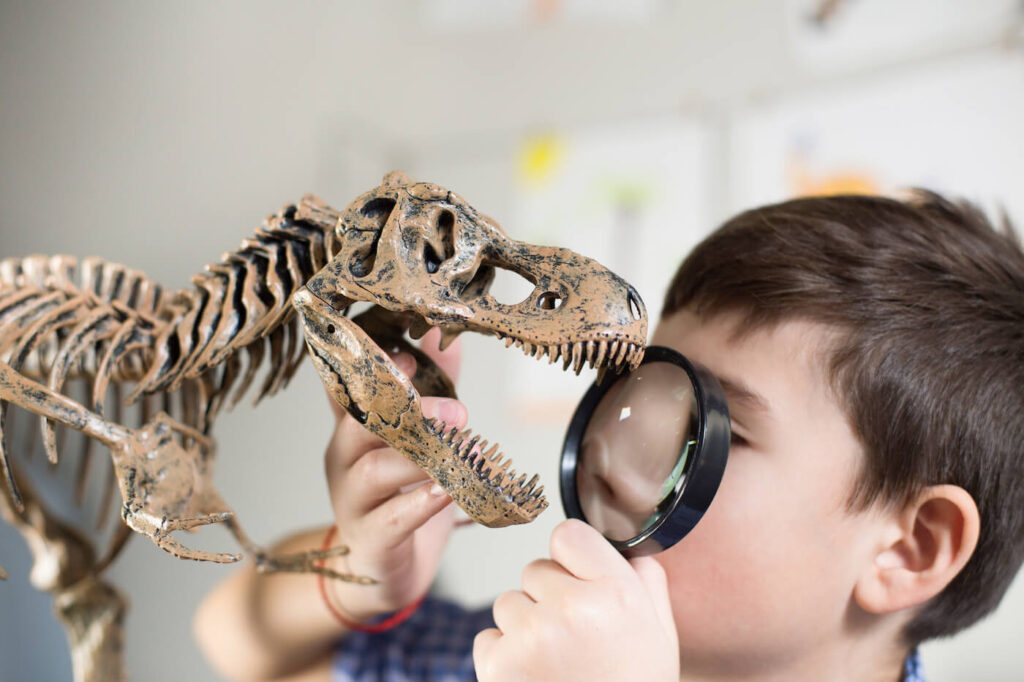
The Royal Belgian Institute of Natural Sciences truly represents a hidden gem for fossil enthusiasts, offering world-class collections, scientific significance, and educational value that easily rivals more famous natural history museums. Its combination of spectacularly preserved specimens, thoughtful presentations, and active research programs creates an experience that satisfies both casual visitors and serious paleontology fans. What makes the institute particularly special is how it balances scientific rigor with accessibility, presenting complex paleontological concepts in ways that engage visitors without oversimplification. For anyone with an interest in Earth’s ancient past, this Brussels treasure deserves a prominent place on their must-visit list—a destination where prehistoric wonders await discovery in an atmosphere that encourages both learning and wonder.

